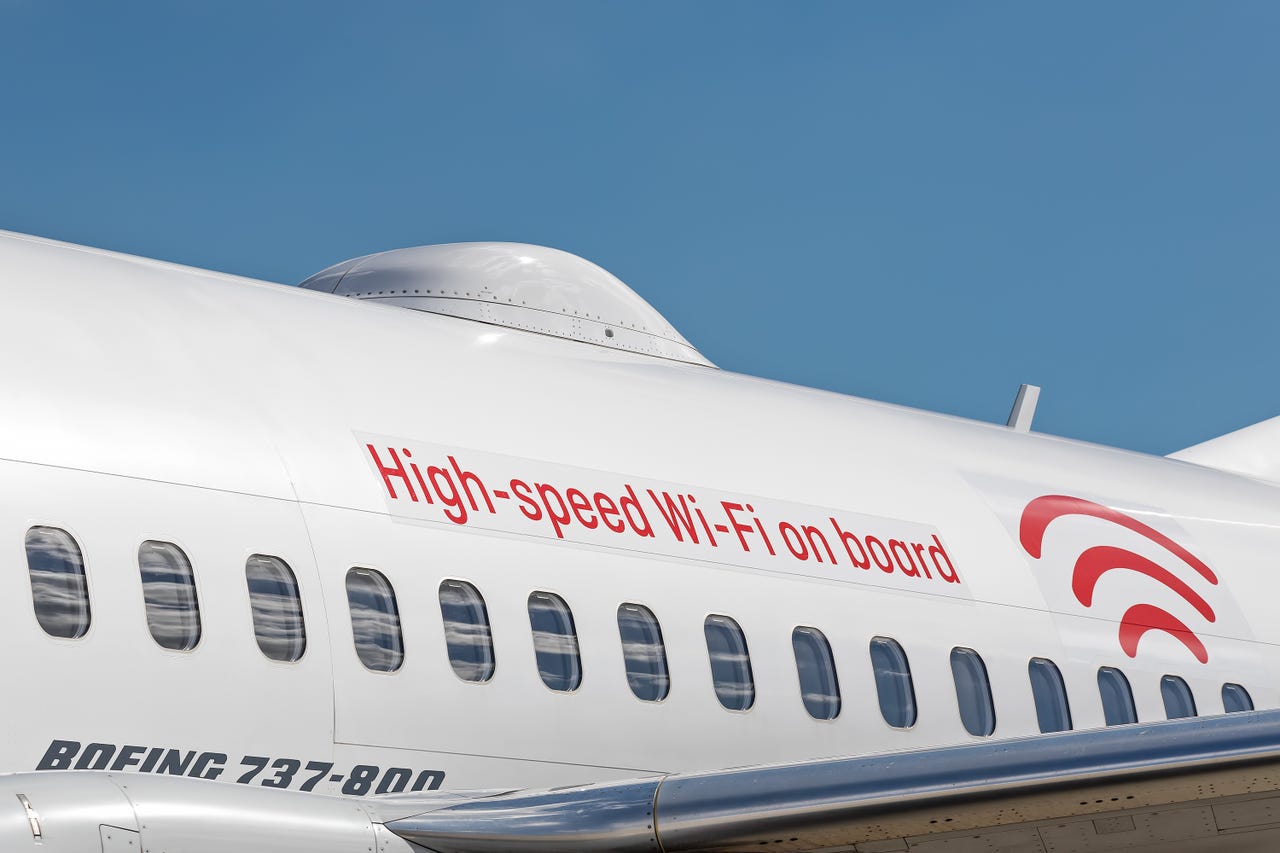Qantas extending free on-board Wi-Fi to second aircraft


Qantas has announced that it has kitted out a second domestic Boeing 737 aircraft with new Wi-Fi technology from partner ViaSat ahead of eight more gaining the equipment by the end of September.
ViaSat's new equipment, deployed on aircraft VH-XZC, will allow for faster speeds and more reliable connections, Qantas said -- although the free on-board Wi-Fi service will not be switched on until the end of September, as the newer technology must undergo additional testing.
By October, Qantas expects to have completed its testing phase and moved into a broad rollout of the service across its domestic aircraft.
Around 80 Boeing 737 and Airbus 330 aircraft are expected to be fitted out with the service by late 2018. Once the rollout is complete, around 15 million customers per year will experience the free on-board Wi-Fi.
According to Qantas, its Wi-Fi service has seen an average uptake per flight of 32 percent, and customer satisfaction of 88 percent.
Reliability is now standing at around 98 percent, with fewer dropouts than during its testing phase, and download speeds of more than 12Mbps.
Qantas had commercially launched its free in-flight Wi-Fi in beta mode on-board its Boeing 737 VH-XZB aircraft that travels between Melbourne, Sydney, and Brisbane in early April, with a series of live tests during its first flight seeing speeds between 2.57Mbps and 7.24Mbps download and 0.26Mbps and 0.61Mbps upload.
During initial testing in February, Qantas had connected 140 passengers with an average of 1.6 devices each to the Wi-Fi system at download speeds of between 7Mbps and 12Mbps.
Originally, Qantas was aiming to enable access speeds of up to 20Mbps per passenger, with ViaSat looking to provide a service-level guarantee to Qantas of 12Mbps at all times throughout the flight once the service leaves beta mode.
Qantas first partnered with satellite communications service provider ViaSat to deliver the Wi-Fi service using Australia's National Broadband Network (NBN) Sky Muster satellite service in February last year. The service makes use of idle satellite capacity as the aircraft travels through Sky Muster's 101 Ka-band spot beams.
A satellite antenna will be mounted on top of each aircraft by Qantas engineers, along with several wireless access points, resulting in similar signal strength for all passengers no matter where they are seated on the plane.
Qantas has also partnered with Foxtel, Stan, Netflix, and Spotify to allow customers to stream content for free while in-flight.
The airline is also in discussions to bring the Wi-Fi service to its international fleet in future to enable all of its customers to access emails, streaming services, news, social media, and online browsing while on-board.
At the end of April, Virgin Australia similarly commenced a three-month trial of its on-board Wi-Fi service in partnership with connectivity company Gogo and satellite telecommunications provider Optus.
Optus' satellite division owns the highest number of satellites covering Australia and New Zealand, with five satellites in orbit providing coverage to the region.
Gogo, which also provides in-flight Wi-Fi between Australia and the United States on Delta Air Lines, will deliver simultaneous transmissions by making use of a dual antenna -- one for the forward link and one for the return link.
The trials will take place on board one of Virgin's Boeing 737-800 domestic aircraft, allowing customers to connect for free during the three-month period, but charging for the service thereafter.